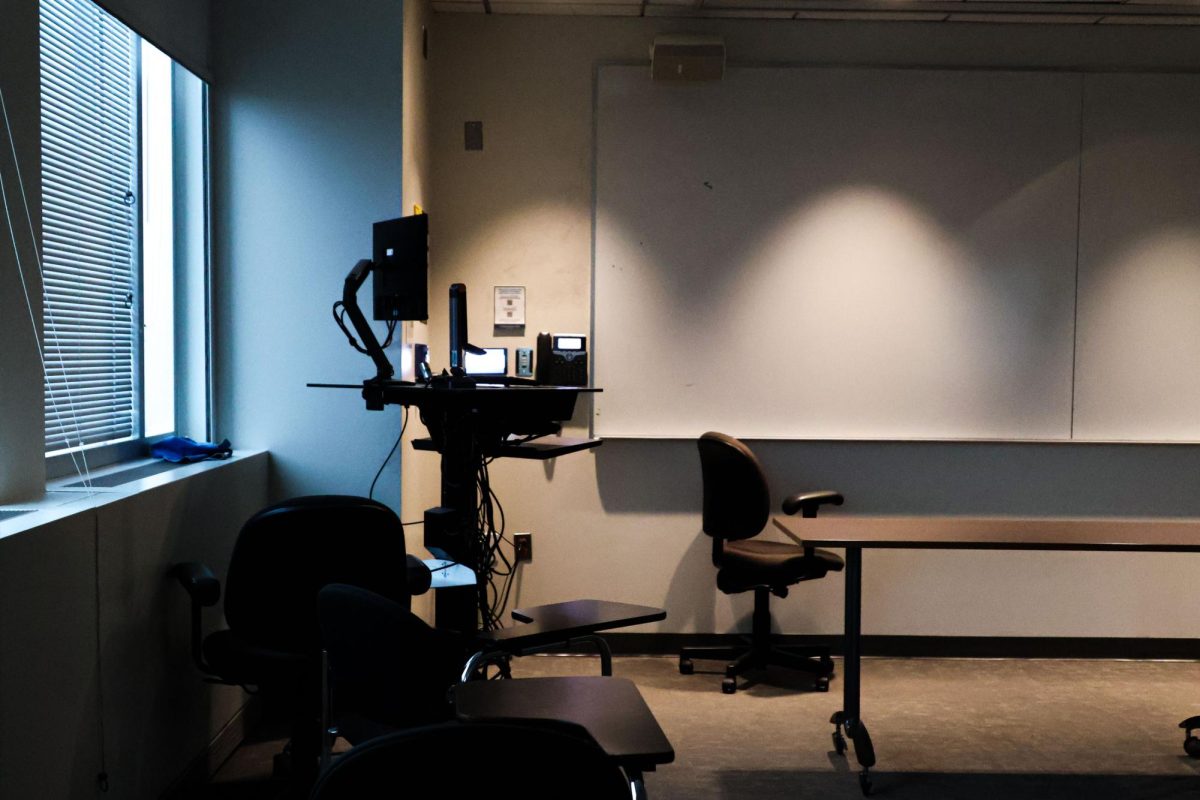This post was written by Hatchet reporter Madelyne Ashworth.
Daniel Silverstein told members of Green GW how he lives an eco-friendly lifestyle and looks fabulous doing it.
The zero-waste fashion designer spoke at the group’s annual “trashion” show on Monday at the Textile Museum after three student designers presented outfits created from recycled and repurposed material.
Six months after graduating in 2010 from the Fashion Institute of Technology in New York, Silverstein began ZWD, a zero-waste clothing line by only repurposing used fabric. He said his main goal in the fashion world is to design and create clothing with no waste.
Here are the main takeaways from his talk:
1. The wasteful ways of fashion
As a student at FIT, Silverstein said he was repeatedly told that there was only one path he could follow as a young fashion designer in New York and that he could not change amount of waste designers typically create.
“Fashion is the second most polluting industry in the entire world. It’s second only to oil,” Silverstein said.
Silverstein said this waste is a product of the “fast fashion” era of clothing consumerism. He said that stores like H&M, Zara and Forever 21 produce massive amounts of textile waste to produce more clothing quickly.
Silverstein was determined to change that as a designer, he said during his talk.
“We’re living in a disposable time in a disposable culture,” said Silverstein. “But every person in this room has the ability to change that.”
2. Trash is a choice
Rather than thinking of trash as something unavoidable, Silverstein said that trash is something everyone consciously creates that could instead be turned into something else.
“We go around all day every day actually choosing to make trash,” Silverstein said. “I open this up, that’s a piece of trash. I tear that open, that’s a piece of trash. I’m done with that box, now it’s trash. It’s everywhere. We’re playing God. Just like that, we’re banishing something to a wasteland.”
To stop this pattern, Silverstein encouraged recycling, mindful consumerism and repurposing. He said people must change the ways they think about trash.
“I like to think of trash as a gift with purchase,” said Silverstein.
3. Change is up to you
Silverstein said the first step to becoming a smarter, more mindful consumer is to stop shopping at the companies that encourage a culture of waste. Once these huge companies stop receiving support, companies like ZWD can take their place and make the fashion industry less wasteful.
“We need better, stronger, more intelligent designers to be supported by better, stronger, more intelligent consumers to create a demand for responsible products,” Silverstein said. “As a designer, I like to imagine that every single product I make has a message, but it needs a wearer to give that message a voice.”
Large “fast fashion” companies are most of the problem, Silverstein added, and encouraged students to not patronize those brands.
“You alone have the power to make change,” Silverstein said. “You, by yourself, can make whatever kind of changes you want, and that’s a really powerful thing.”




